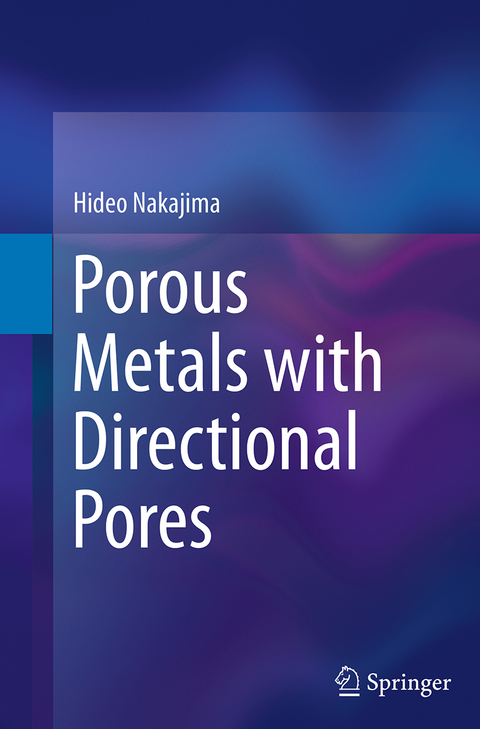
Porous Metals with Directional Pores
Springer Verlag, Japan
978-4-431-56109-5 (ISBN)
Hideo Nakajima received his Bachelor’s degree in 1971 and Ph.D. from Tohoku University in 1977. Then, he was a postdoctoral associate at Rensselaer Polytechnic Institute, USA until 1980. For 1980 to 1992, he was an assistant and associate professor at Institute for Materials Research, Tohoku University. In 1992 he moved to Iwate University as a professor. Since 1996, he had been a professor of Institute of Scientific and Industrial Research, Osaka University. He has been the director of the Wakasa Wan Energy Research Center at Tsuruga in Fukui Prefecture since 2012, and is an emeritus professor of Osaka University. His research interests focus on fabrication, properties, and application of porous metals. He was awarded the Medal with Purple Ribbon in 2009 by the Emperor of Japan.
Introduction.- Various fabrication methods of cellular metals and foamed metals.- Materials definitions.- Fabrication methods of porous metals with directional pores.- Nucleation and growth mechanism of pores in metals.- Control of pore size and porosity in lotus-type porous metals.- Details of fabrication techniques of various lotus metals and alloys, intermetallic compounds, semiconductors and ceramics.- Mechanical properties of lotus metals and alloys.- Various physical and chemical properties of lotus metals and alloys.- Processing of lotus metals.- Various applications of lotus metals.- Summary
| Erscheinungsdatum | 26.08.2016 |
|---|---|
| Zusatzinfo | 43 Illustrations, color; 201 Illustrations, black and white; XII, 284 p. 244 illus., 43 illus. in color. |
| Verlagsort | Tokyo |
| Sprache | englisch |
| Maße | 155 x 235 mm |
| Themenwelt | Technik ► Elektrotechnik / Energietechnik |
| Technik ► Maschinenbau | |
| Schlagworte | application • foamed metals • Hydrogen • mechanical property • nitrogen • Porosity • Porous metals • solidification • Sound absorption • vibration-damping |
| ISBN-10 | 4-431-56109-9 / 4431561099 |
| ISBN-13 | 978-4-431-56109-5 / 9784431561095 |
| Zustand | Neuware |
| Haben Sie eine Frage zum Produkt? |
aus dem Bereich


